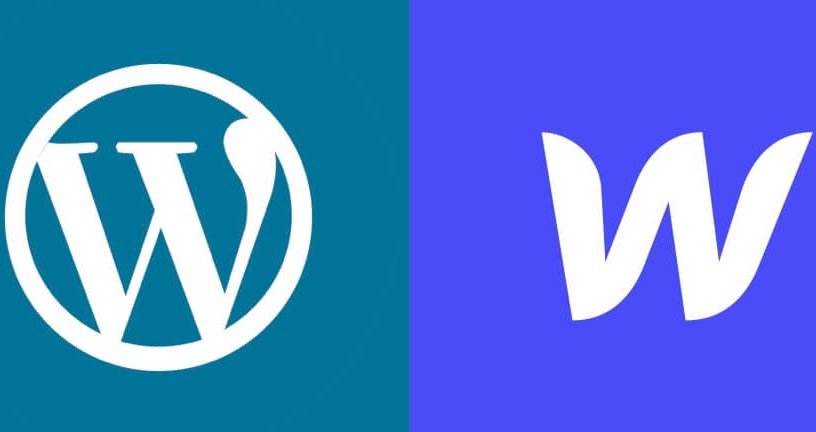
Do you want to know the difference between WebFlow vs WordPress, and which one is perfect to build your website? Keep reading!
The most popular website builders today are Webflow and WordPress. If you are looking to build your own website, you may have heard of them. Before beginning your project, however, consider its pros and cons carefully. The purpose of this article is to compare WordPress with Webflow in order to decide which one is a better solution for your website.
We’ll take a quick look at each before comparing WebFlow and WordPress.
Table of Contents
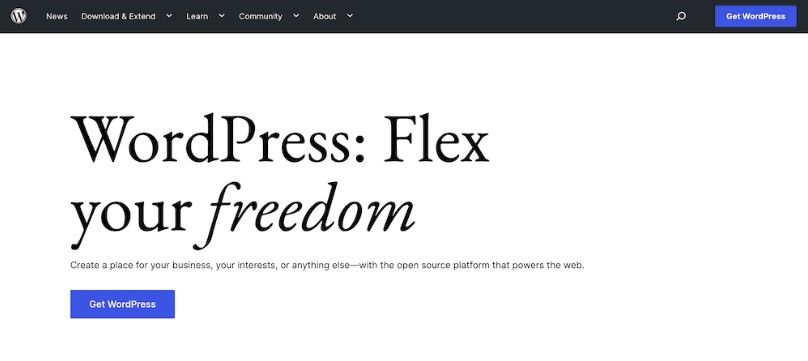
Founded in 2003, WordPress.org has been active since then. In the short time since its inception, WordPress has become one of the fastest-growing open-source software programs. There are over 455 million sites powered by WordPress worldwide today!
It was originally built as a blogging platform, but today it serves as a full-service CMS software for building websites, eCommerce stores, blogs, and directories of all types.
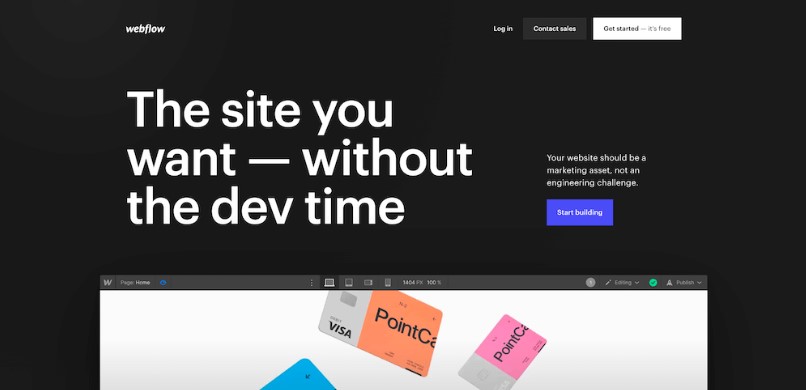
Webflow is an in-browser, no-code website design tool that is available for businesses, designers, and marketing individuals alike. It literally takes anyone no more than a few minutes to set up a professional-looking website using this no-code builder.
Over 100,000 websites, both large and small, are powered by it since it was introduced in 2012. A variety of sites can be built with it, including complete websites, landing pages, eCommerce stores, blogs, and much more.
After describing what WordPress and Webflow are briefly, let’s compare them across a full range of aspects.
Despite the fact that WordPress and Webflow offer several reliable features, some features are the same, while others are not. The following is a quick rundown of the main features each offers.
WebFlow
WordPress
Despite the fact that neither WordPress nor Webflow requires coding experience, they are both popular website-building tools.
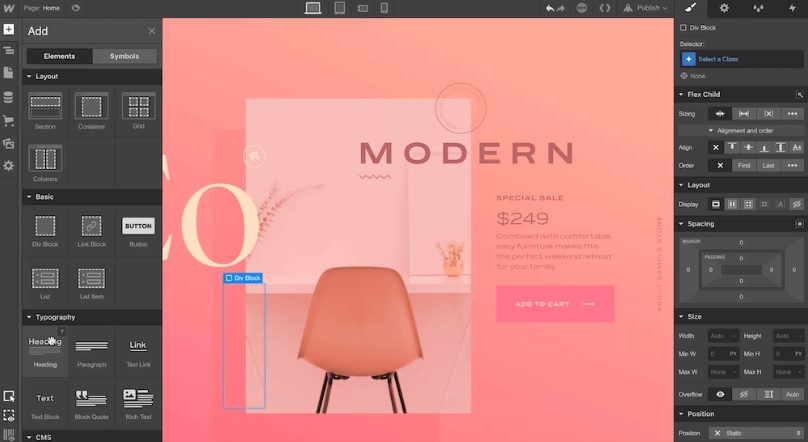
It’s a bit harder to use WebFlow’s builder dashboard. There are a lot of features, and it will take some time before users know what each does. It does come with a lot of design and development tools, along with customizability options, but it will take some time to master them all.
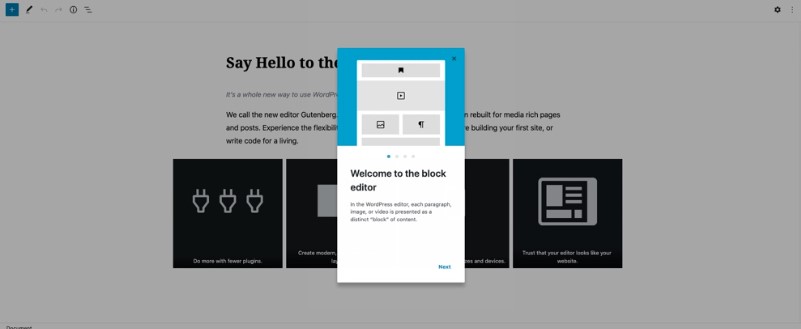
When we talk about WordPress however, it has an intuitive visual editor called Gutenberg, which may require a learning curve at first, but once you get used to it, it’s pretty straightforward. Themes, plugins, and extensions are just some of the tools you’ll need to get familiar with.
Nevertheless, once you learn these principles, designing visually appealing websites is a breeze. A drag-and-drop page builder add-on/plugin is also available if you’re not a fan of the WordPress editor.
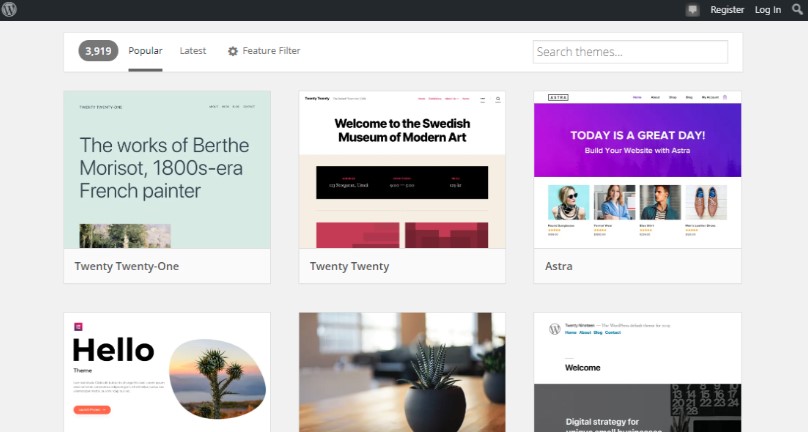
You can select from a wide variety of WordPress themes that influence the entire design of your website, including the color scheme, the graphics, the layout, and the code.
With nearly 10,000 free themes and many premium themes available on reputable marketplaces such as Themeforest and Template Monster, WordPress offers a wide variety of themes.
Activate any theme you want for your website by downloading it.
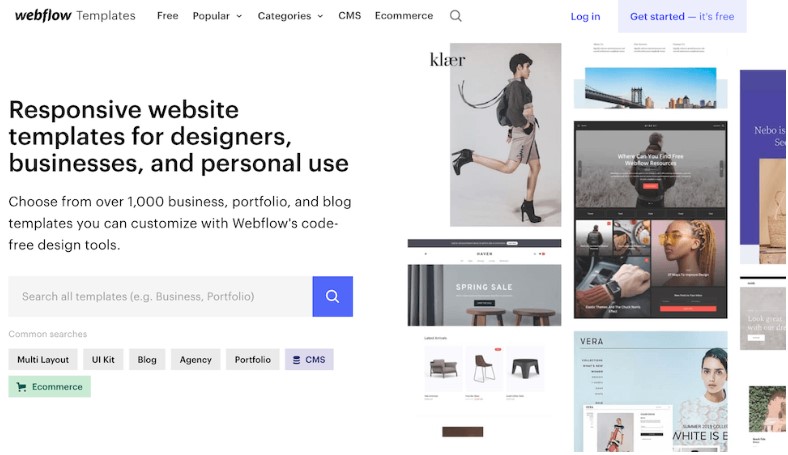
In contrast, Webflow does not offer many themes (called templates) when it comes to customization. Currently, there are only 1,000 responsive website templates available, most of which are paid add-ons.
Nonetheless, you can be sure that these themes will meet your needs and that they will be well-designed, well-optimized, and versatile. Whatever your business profile is, you’re sure to find a theme that fits it.
Worpress.com and WordPress.org are two different types of platforms. For your WordPress.org website, you will need to own your own web hosting service since WordPress.com includes hosting. It’s a good thing there are lots of great WordPress hosting options out there, which can all provide pre-installed WordPress or require only a five-minute setup.
Meanwhile, WebFlow provides users with web hosting services. The managed-hosting allows you to focus on your website creation instead of worrying about hosting duties. As for the rest, WebFlow will take care of it. The hosting services they offer are powered by the Amazon Web services infrastructure, so you can be sure they’ll be fast and reliable.
You can build an eCommerce website using both WordPress and Webflow.
WordPress makes it incredibly easy to create an eCommerce website. In order to use WooCommerce (or any other eCommerce plugin of your choosing), you need to install and set up the plugin.
Despite its freeness, ease of use, and reliability, WooCommerce is still the preferred eCommerce platform for most people. Further, WooCommerce offers a wide range of templates and themes which can be further customized according to your preferences.
On the contrary, Webflow offers an e-commerce feature that does not require an additional plugin. Access to these services, however, will require an eCommerce plan. Depending on the plan you purchase, your ability to sell products will also be limited.
They offer an Ecommerce plan for $42/month that allows you to sell 500 items (WordPress does not have such restrictions). The Webflow platform does not support a large number of payment processors and lacks many of the core eCommerce features.
You’ll need support more than you think if you’re building a website. The support services will guide you well regardless of whether you need help enabling integrations or features.
Considering it is an open source of free software, WordPress support is mostly free from the community. If you have a question about WordPress you can drop it in a support forum or a group for the community to answer. There are lots of tutorials and guides available online since WordPress is one of the most popular platforms.
There is a lot more focus on “Webflow University” when it comes to Webflow support. An extensive collection of articles, tutorials, and guides covering a variety of subjects can be found here. Alternatively, you can contact Webflow’s email support team or chat support team.
Our recommendation is that you should go with email support services instead of chat support because it’s AI bot-driven. Therefore, there is less possibility of getting the solution you look for.
When you’re building a website, you’ll need more support than you think. The support services will guide you well regardless of whether you need help enabling integrations or features.
Considering it is an open source of free software, WordPress support is mostly free from the community. If you have a question about WordPress you can drop it in a support forum or a group for the community to answer. There are lots of tutorials and guides available online since WordPress is one of the most popular platforms.
There is a lot more focus on “Webflow University” when it comes to Webflow support. An extensive collection of articles, tutorials, and guides covering a variety of subjects can be found here.
Alternatively, you can contact Webflow’s email support team or chat support team. Our recommendation is that you should go with email support services instead of chat support because it’s AI bot-driven. Therefore, there is less possibility of getting the solution you look for.
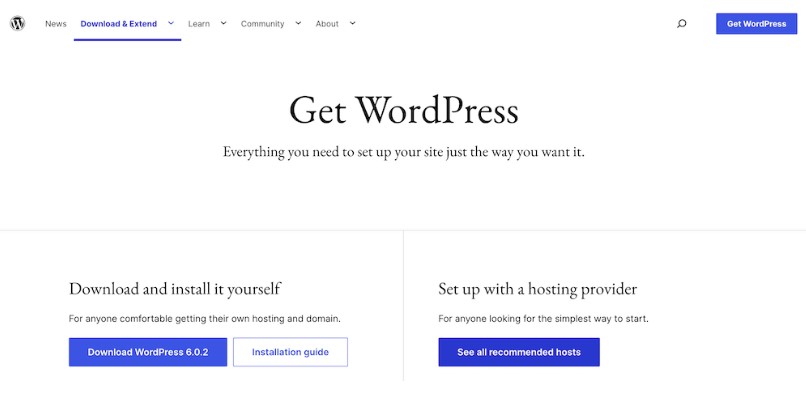
You may already know, WordPress.org’s core software is free. No cost is needed whatsoever. Anyone can make a website for free using it. But there are many things you need to purchase later on according to your needs.
Web hostings, for instance, are not free and you need to purchase hosting if you want to make your website live. Moreover, despite having a bunch of free themes/plugins available with WordPress.org, you may prefer any premium themes/plugins and it’ll add more cost.
In simple words, the final price is actually arbitrary depending on the domain, hosting, themes, plugins, etc cost.
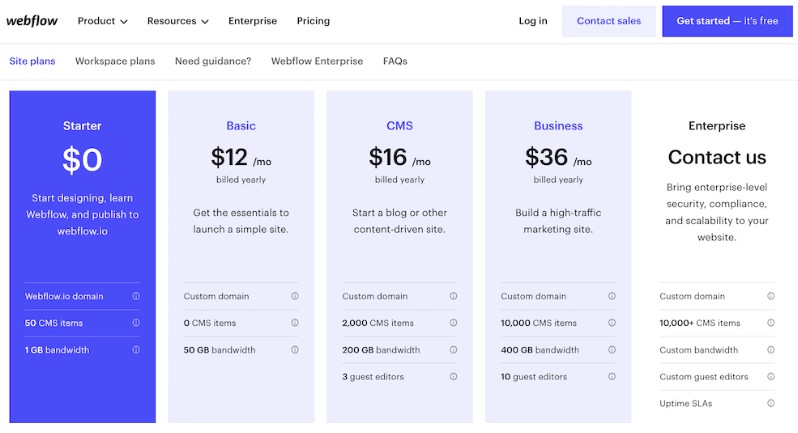
Now let’s see the Webflow pricing plan. You can create a website with Webflow simply by signing up for free since the Webflow designer is FREE. But, going live with your website needs a paid plan signup. Webflow offers basically two types of plans:
If you go with a site plan, meaning you’re hosting your website on Webflow after designing all. On the other hand, workspace plans allow you to host your site elsewhere.
It needs $12/month for the basic site plan, whereas, $28/month for the basic workspace plan.
We are now in a position to decide which platform will meet your needs better after discussing the main features of both WordPress and WebFlow.
No one really wins in reality. There are advantages and disadvantages to both websites. It depends ultimately on your unique needs and which one will serve you best.
For example, WordPress is easy to use, has a lower learning curve, provides plenty of resources, themes, and integrations, and may even be less expensive than Webflow.
The self-hosted nature of this software means you will have to manage maintenance, security, and updates yourself, and it may also be difficult to get assistance due to a lack of direct customer support.
Additionally, Webflow provides a powerful visual editor, web hosting, and direct customer support in addition to having lots of basic features. There are some downsides, such as an overwhelming editor, limited themes, plugins, integrations, and extra costs.
New business owners may find Worpdress to be more helpful if they are looking to build a website. For web designers who build websites for other clients, Webflow might be a better option. You can’t go wrong with its web design tools!
Be with ThemeLooks and subscribe to our WordPress video tutorials on YouTube. We may also be found on Twitter, LinkedIn, and Facebook.